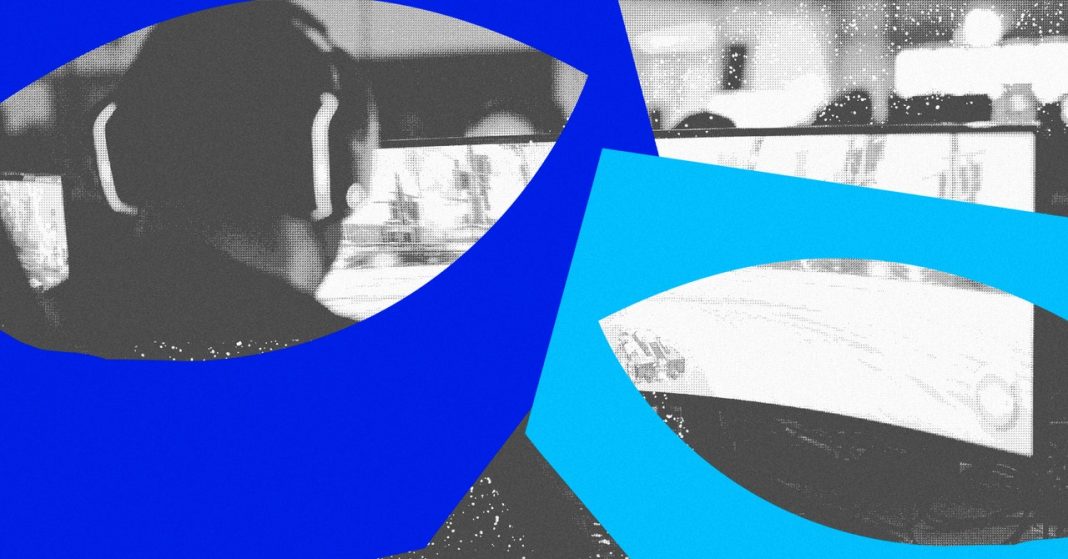One of those games is God of War Ragnarök. It employs a smart navigation tool that allows a “button press to turn the character toward the objective,” Mila Pavlin, design director UX at Monolith (and former UX lead on God of War) tells WIRED. This lets blind players track both main and side quests, providing a “large amount of autonomy in the game.”
It’s something Brandon finds especially helpful, though he notes God of War Ragnarök’s text-to-speech function somewhat undoes the gains of its navigation.
“It does not narrate character, inventory, map, and shop screens, which is just … painful,” Brandon said before adding: “If something a sighted person can read is not read to us, that thing is not accessible. Simple as that.”
Despite its issues, however, God of War Ragnarök’s accessibility represents a major step forward from 2018’s God of War. “The agency that was added is miles ahead of where we were then,” Mila says.
In the realm of sound, another vital aspect of blind and visually impaired accessibility, indie game 1428: Shadows of Silesia remains a standout for its pioneering combination of blind accessibility features. Lukáš Hosnedl, a Czech accessibility consultant, told WIRED that Shadows of Silesia “provides audio cues for obstacles in the way as well as enemies, friendly and neutral characters, and important or destructible but noninteractable objects such as traps, hazards, or barriers.”
In conjunction with an extensive text-to-speech function, this gives blind and visually impaired players remarkable control over their environment.
While sound design is important, however, many blind and visually impaired players pointed out that it is variation within sound design that is key: the ability to identify different functions with different sounds.
“Encouraging your audio team to create unique and subtle sounds as much as possible will greatly improve the game experience for both blind and sighted players,” explains Topher Winward, a software engineer at Rare Ltd.
But all of those accessibility features aren’t worth much if they’re buried in menus and difficult to find. That’s why some games make sure those settings are the first things a player sees. TJ the Blind Gamer notes that this is already happening. “A lot of games have started putting accessibility menus right at the beginning of launching a new game,” they say. “Even going so far as to have a text-to-speech or screen-reader implemented at boot-up.”
Because accessibility features so often vary between games, studios, and consoles, many players we spoke with suggested the industry adopt across-the-board standards for everyone. “Due to the uniqueness of each video game, standards can be difficult to get right,” Winward says. “That said, looking at other accessibility standards like web development’s Web Content Accessibility Guidelines (WCAG) and the WAI-ARIA system can provide great inspiration to bring back to your own games.”
Community Matters
Important as individual features are in highlighting how far we’ve come with accessibility, and in particular blind accessibility, it’s people that drive the industry forward.
“Games cannot just ship out the door with these features as an afterthought or missing, and players not consulted,” Dan Fischbach, cochair of IGDA-GASIG, tells WIRED.
